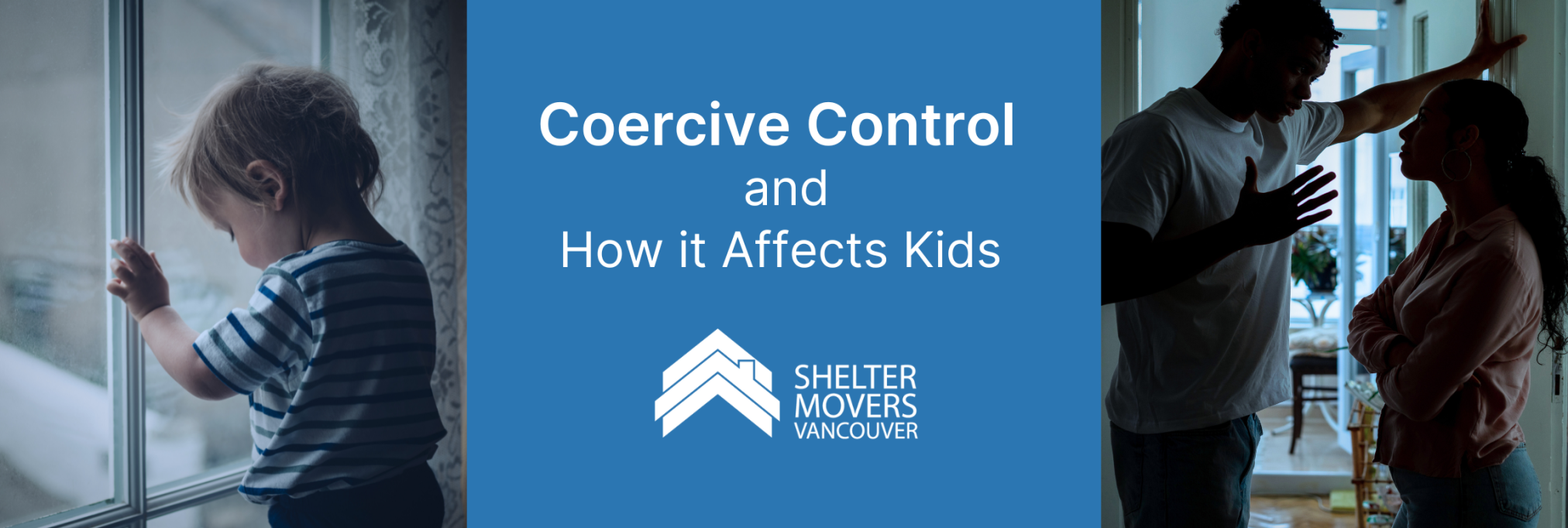What Is Coercive Control?
Isolation. Control. Threats. Humiliation.
Abusers use a number of psychological and emotional tactics – not always recognized as forms of violence – to keep their partners in a state of fear.
These behaviours are known as coercive control because abusers use this fear to gain power over their partner actively. Coercive control often accompanies Intimate Partner Violence (IPV) or signals it may eventually happen. Even if it has not yet escalated to physical violence, coercive control may cause intense and damaging stress that can result in long-lasting trauma.
What coercive control looks like will be specific to the abuser since they will tailor their manipulation by leveraging their knowledge about the partner. Examples include:
- making threats
- name-calling
- monitoring texts and social media
- blocking doorways or restricting movement
- blackmailing
- isolating the other person from family and friends
- involving children or pets as a means of control
If there are children in the family, coercive control will affect them too.
How Coercive Control Affects Kids
New research shows that coercive control among parents and guardians is a significant factor in poor childhood well-being outcomes.
The study found that children in homes where coercive control was weaponized against the other parent were more likely to experience dysfunctional family relationships, harsher parenting, and childhood abuse. Their relationships with their parents became strained as they were sometimes used as tools by the coercively controlling parent to be turned against the other.
Outside the home, kids were socializing less, more likely to experience bullying, and suffering from mental illnesses.
These findings were present even when the effects of physical violence were factored out, meaning coercive control alone impacts childhood outcomes – whether they were witnessing overt violence or not.
Protecting Children
There are many reasons a survivor might stay in an abusive relationship. There could be economic abuse, limiting their ability to leave. But as research shows, it is false if the abuser claims that separating would be worse for the children’s psychological well-being. In fact, this is another form of coercive control.
Courts are increasingly recognizing coercive control as a part of IPV, so these behaviours have implications for child welfare.
Canada’s Divorce Act now considers it during custody proceedings. Section 16.4.b of the Best Interests of the Child section requires that the court considers “whether there is a pattern of coercive and controlling behaviour in relation to a family member” as a factor.

Leaving Coercive Control
It is crucial that communities support those experiencing abuse when they are ready to leave by reducing as many barriers as possible.
You can help ensure that those most vulnerable in our community can safely leave an abusive home by donating or signing up to volunteer.
If you are currently experiencing IPV and/or coercive control, please know that there is a community here for you and your family at Shelter Movers. We can provide moving assistance, storage space, and security professionals at no cost for your transition to safety.

